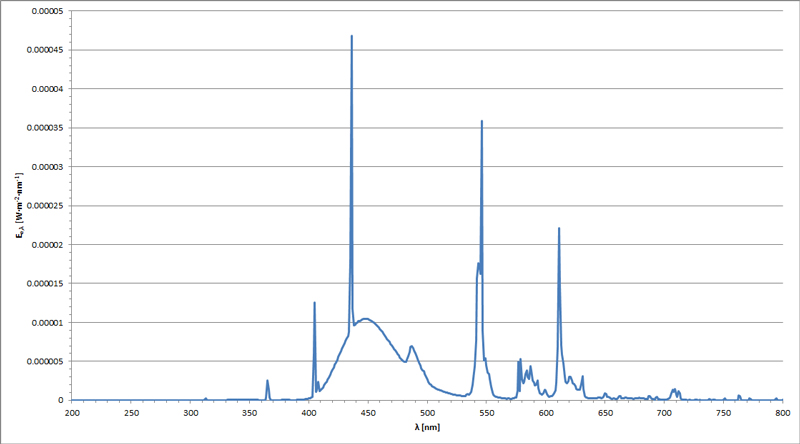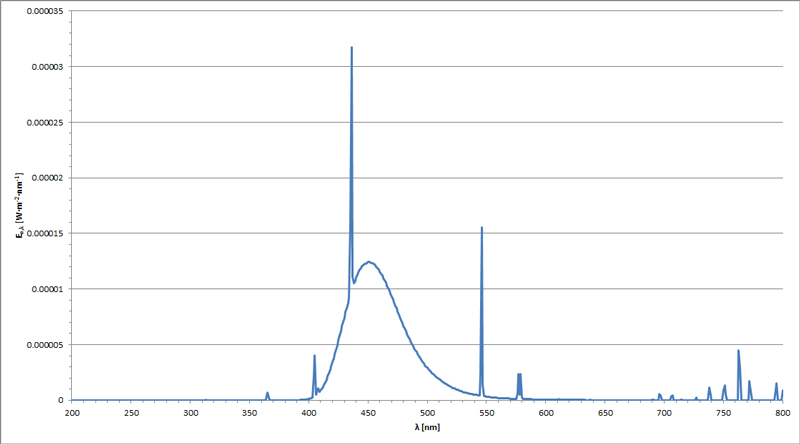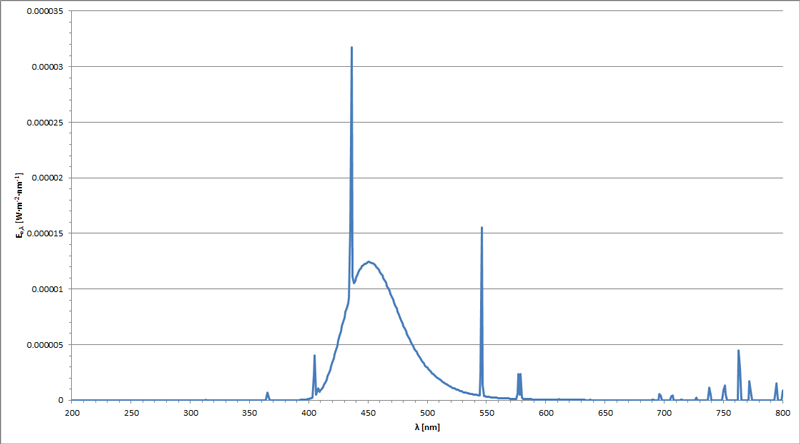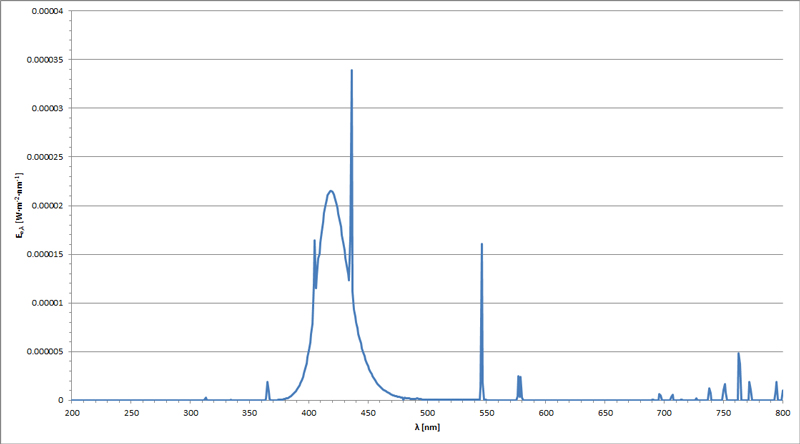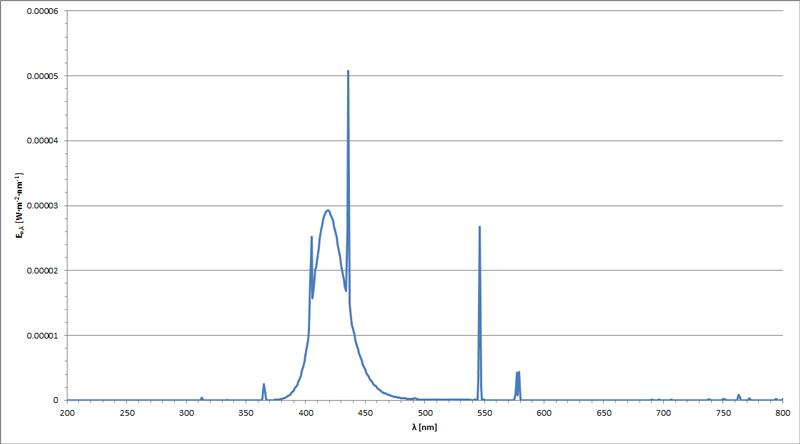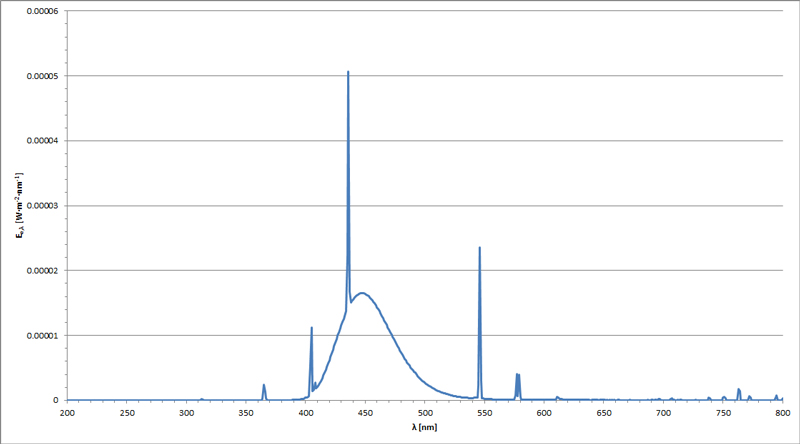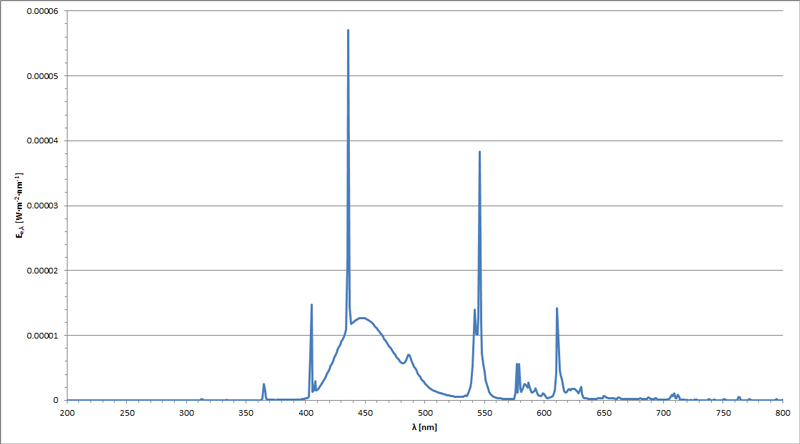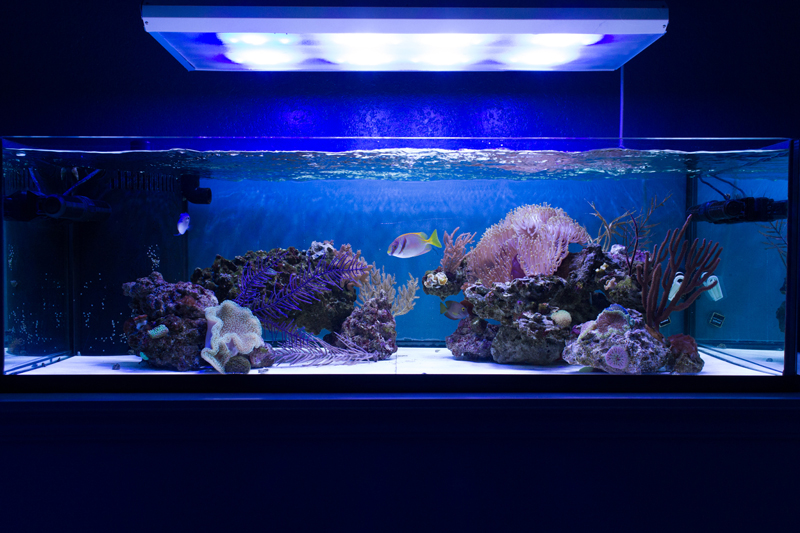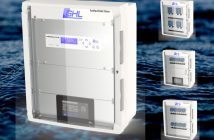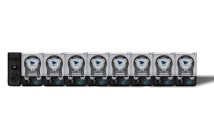 And now for something a little different. Coralvue had some of the Giesemann lamps sent to a third party lamp manufacturer and asked for them to do things like spectral output graphs, lumen data, electrical data, etc. Data was also collected for some ATI and D-D Powerchrome lamps, as well, but I’ve removed the D-D lamps as they are no longer in production (***Please note: D-D lamps are still in production). The third party did not wish to be identified, so take these for what you will, but keep in mind that each lamp had over 600 data points that were measured, across 20 tests (each lamp tested twice, and some duplicate lamps were sent), for a total of 12,000 data points. It would be rather… tedious to change juuuust the right ones lol.
And now for something a little different. Coralvue had some of the Giesemann lamps sent to a third party lamp manufacturer and asked for them to do things like spectral output graphs, lumen data, electrical data, etc. Data was also collected for some ATI and D-D Powerchrome lamps, as well, but I’ve removed the D-D lamps as they are no longer in production (***Please note: D-D lamps are still in production). The third party did not wish to be identified, so take these for what you will, but keep in mind that each lamp had over 600 data points that were measured, across 20 tests (each lamp tested twice, and some duplicate lamps were sent), for a total of 12,000 data points. It would be rather… tedious to change juuuust the right ones lol.
Spectral measurements were taken using a Gooch & Housego OL 756 Spectroradiometer (double monochromator).
Radiometric and luminous output data was collected using a Labsphere LMS-3M integrating sphere, measurements at 10” distance, no reflectors.
I have uploaded each spreadsheet containing the raw data (which includes functions to produce a spectral graph based on each reading of each individual wavelength from 200-800nm) to Google Sheets for easy viewing. The caveat to that is that, unlike Excel, it does not connect each point using a line, so the graphs on the linked spreadsheets are just points on the plot. I have pulled the graphs out of Excel and have uploaded them separately and will post each with the appropriate data.
First up, let’s take a look at the electrical, luminous, and PAR characteristics for each of the tested lamps. The lamps were tested twice each – once brand new out of the box, the other with 100 hours of burn time. (sorry for the screenshot here, there is no easy way to put a spreadsheet onto the forum, so if you want a better view, you can find the full data set here: https://docs.google.com/spreadsheets/d/1GUu0c1EiCA1P9XzWDgv0RVcSmYXMTWmGRKb-0VVxTik/pubhtml?gid=0&single=true )
***Rather than editing Ben’s content, I have taken the liberty to make the correction with a footnote. For more info on D-D T5 lamps please see Advanced Aquarist.
Hopefully that gives a little bit of data on these new lamps to show that Giesemann’s new line is better than what they could do previously.
Now, which combo would I recommend? Well, that’s 100% personal preference. I really am not tied to using any of the four T5 in my Sunpower because I have the tank pretty sufficiently covered with two rows of LED arrays.
However, I’ve been playing with using a pair of the lamps for a couple of hours per day. When no LEDs are on, using one white (Aquablue Coral or Coral Plus) and one blue (Actinic Blue or Blue Plus), IMHO it doesn’t look all that great. I know most people use and adore that 1:1 lamp combo, but to me, it is bland. I am not a fan of overly blue tanks, and a 1:1 ratio is overly blue. Adding a purple lamp (Purple Plus, Super Purple) helps a little, but still not ‘white’ enough IMHO.
None of these combinations would be inherently better as far as growth is concerned, as their PAR is pretty similar, so using all blue lamps or all white lamps will grow corals as well as a mixture of the two. Lots of people will still tell you ‘10K for growth, 20K for color’ but IMHO it has more to do with the extra intensity from ‘10K’ bulbs than in the spectral change (it takes more energy to make blue photons than it does green or red, so you can make more photons [meaning more PAR]with green and red). The only exception is for violet bulbs (Super Actinic, True Actinic), as violet have far lower total photons emitted, so much less PAR. These should only be used in 6-8 bulb combinations if you need to lower intensity but still want to use all the bulbs.
So pick whichever combo you think looks best over your tank and let your corals grow!
Stay tuned for Part 3 on Monday.



